Introduction
Chicken Nesting Boxes are essential equipment for modern poultry farming, designed to provide hens with a comfortable, secure, and hygienic space to lay eggs. Proper nesting facilities are critical for maximizing egg production, maintaining egg quality, and improving hen welfare. Nesting boxes help reduce egg breakage, minimize floor-laid eggs, and ensure uniformity in egg collection.
Modern poultry houses often house hundreds or thousands of hens. Without designated nesting areas, hens may lay eggs in unsuitable locations, leading to contamination, increased labor for collection, and reduced farm profitability. Chicken Nesting Boxes solve these problems by offering a safe and attractive place for hens to lay eggs, which ultimately enhances production efficiency.
These boxes are designed with ergonomic dimensions, durable materials, and easy maintenance features, making them suitable for both small and large-scale poultry operations. They can also be integrated with automatic egg collection systems for modern, automated farms.
Technical Parameters
Material | High-density polyethylene (HDPE), plastic, or stainless steel |
Dimensions (per box) | 30–40 cm width × 35–45 cm depth × 30–35 cm height |
Number of Hens per Box | 1–3 hens depending on size |
Nest Type | Single or multi-tier stacking |
Back Panel | Optional mesh or solid panel for ventilation |
Floor Material | Plastic or metal mesh for easy cleaning |
Egg Collection | Manual or automatic collection trays |
Mounting Type | Floor-mounted or suspended |
Cleaning Method | High-pressure washing or removable trays |
Optional Features | Curtains, soft bedding, dividers, anti-peck design |
Color | Typically white, green, or red for better hen attraction |
Weight | 3–10 kg per box depending on material |
Key Features of Chicken Nesting Boxes
Ergonomic Design for Hens
Each nesting box is designed to provide a comfortable and secure space, encouraging hens to lay eggs in the intended area.
Durable Construction
Made from high-quality plastic or stainless steel, nesting boxes resist corrosion, moisture, and impact, ensuring long-lasting performance.
Anti-Peck and Anti-Crowding Design
Dividers and partitions prevent hens from pecking each other or overcrowding in the boxes.
Easy Cleaning and Maintenance
Removable floors and trays allow for quick cleaning, maintaining hygiene and preventing disease spread.
Attractive to Hens
Colors, soft bedding, and privacy features increase hen adoption rates of nesting boxes.
Floor and Suspended Installation Options
Flexible installation methods allow adaptation to different barn layouts and management preferences.
Manual or Automatic Egg Collection
Integrated egg trays or conveyor systems facilitate quick and safe collection of eggs.
Ventilation Features
Mesh panels or perforations maintain airflow, preventing moisture accumulation and keeping eggs clean.
Scalable and Modular
Nesting boxes can be stacked or connected to accommodate varying flock sizes, from small farms to large commercial operations.
Eco-Friendly Materials
Durable and recyclable plastics reduce environmental impact while maintaining farm hygiene.
Advantages of Chicken Nesting Boxes
1. Increased Egg Production
By providing hens with a secure and comfortable environment, nesting boxes encourage consistent egg laying, boosting overall production.
2. Reduced Egg Breakage
Structured laying areas prevent hens from laying eggs on the floor, reducing damage and improving egg quality.
3. Hygienic Egg Collection
Eggs laid in nesting boxes remain clean, minimizing contamination risks and reducing labor for cleaning.
4. Improved Hen Welfare
Comfortable and safe laying areas reduce stress and aggression among hens, promoting better health.
5. Labor Efficiency
Manual or automatic egg collection systems reduce the need for frequent human intervention.
6. Scalable for Various Farm Sizes
Modular design allows easy expansion as flock size increases.
7. Cost-Effective Investment
Durable materials, reduced egg loss, and improved egg quality provide a high return on investment.
8. Integration with Automation Systems
Automatic conveyors or collection trays can be added for modern farm automation.
9. Flexible Installation
Boxes can be installed on the floor or suspended to suit barn design and management style.
10. Long-Term Durability
High-quality construction ensures years of reliable use with minimal maintenance.
Application Scenarios
Commercial Egg Production Farms
Maximizes egg yield, reduces breakage, and ensures hygienic egg collection.
Smallholder Poultry Farms
Provides organized egg-laying areas for smaller flocks, improving management efficiency.
Organic and Free-Range Farms
Encourages hens to lay eggs in designated areas while maintaining natural behavior.
Automated Poultry Houses
Integrates with conveyor systems and automatic egg collection for large-scale production.
Layer Breeder Farms
Supports controlled breeding environments by offering designated nesting areas.
Research and Hatchery Facilities
Useful in studying egg-laying behavior and monitoring production efficiency.
Usage Instructions
1. Installation
Select appropriate locations in the barn, preferably quiet and dimly lit areas.
Install boxes at suitable heights for hen access. Floor-mounted or suspended options are available.
Ensure proper spacing to avoid crowding and stress.
2. Bedding
Add clean bedding material such as straw, wood shavings, or sand to enhance comfort.
Replace bedding regularly to maintain hygiene.
3. Encouraging Hen Use
Position boxes in dark, private areas.
Use attractive colors and soft bedding to draw hens to boxes.
Monitor initial usage and adjust as necessary.
4. Egg Collection
Collect eggs daily to prevent breakage and contamination.
For automated systems, ensure conveyor belts and trays are functioning properly.
5. Cleaning and Maintenance
Remove bedding and debris weekly.
Wash trays, floors, and panels with high-pressure water or disinfectants as needed.
Inspect for damage and repair or replace boxes as necessary.
Frequently Asked Questions (FAQ)
Q1: How many hens can use one nesting box?
A1: Typically 1–3 hens per box depending on size. Overcrowding can reduce egg-laying efficiency.
Q2: What type of bedding is recommended?
A2: Straw, wood shavings, or sand is commonly used. Bedding should be clean, dry, and changed regularly.
Q3: Can nesting boxes be stacked?
A3: Yes, modular design allows stacking to maximize space and accommodate larger flocks.
Q4: Are nesting boxes suitable for free-range farms?
A4: Yes, boxes can be placed in sheltered areas where hens can access them freely.
Q5: How often should eggs be collected?
A5: Eggs should be collected at least once or twice daily to reduce breakage and contamination.
Q6: Can they be integrated with automatic egg collection systems?
A6: Yes, many commercial nesting boxes are compatible with conveyor belts and automated collection trays.
Q7: How do I clean nesting boxes effectively?
A7: Remove bedding and debris, then wash with water or disinfectant. Removable trays make cleaning easier.
Q8: What materials are nesting boxes made of?
A8: Commonly HDPE plastic, PVC, or stainless steel for durability and hygiene.
Q9: How do I encourage hens to use nesting boxes?
A9: Place boxes in quiet, private areas with appropriate bedding and color to attract hens.
Q10: What is the lifespan of a nesting box?
A10: With proper maintenance, high-quality boxes can last 5–10 years or more.
Conclusion
Chicken Nesting Boxes are a vital component of modern poultry management, offering a secure, comfortable, and hygienic environment for hens to lay eggs. They improve egg quality, reduce labor, and enhance overall farm productivity. With durable materials, modular designs, and compatibility with automation systems, nesting boxes provide a long-term solution for commercial, smallholder, and research poultry farms alike.
Investing in high-quality nesting boxes ensures higher egg yields, cleaner eggs, improved hen welfare, and operational efficiency. For farms aiming to optimize production, reduce egg loss, and maintain hygienic egg-laying conditions, Chicken Nesting Boxes are an indispensable solution.
Company Profile
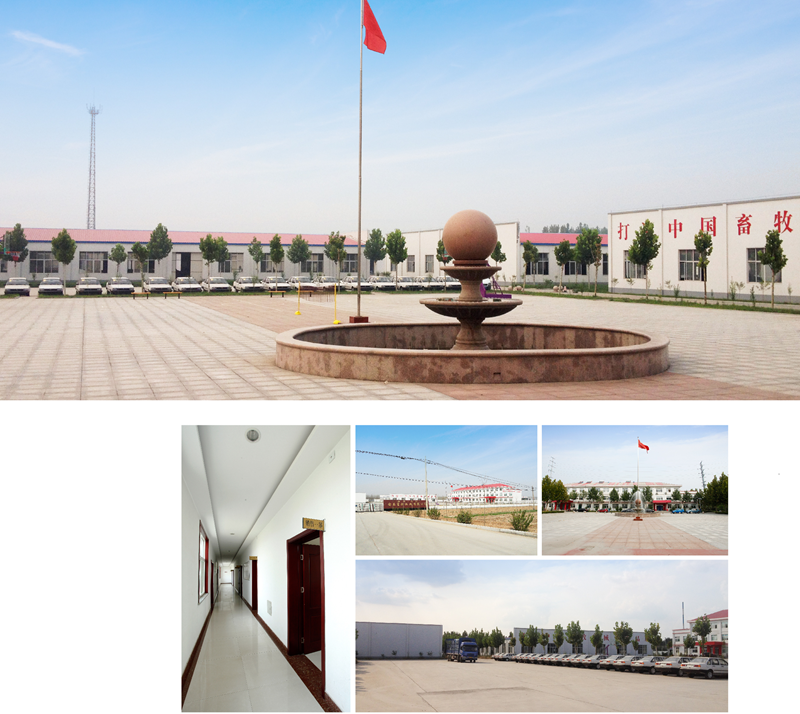
Shandong Huimin Qinle Livestock Machinery Co., Ltd. (formerly Shandong Huimin Qinle Livestock Machinery Factory) is a professional poultry equipment manufacturer with over 20 years of experience. We offer a comprehensive service package, from design (land and chicken coops), production (equipment and prefabricated steel coops), installation, commissioning, customer training, and after-sales service.
Located in Huimin County, Binzhou City, Shandong Province, China, the company has extensive experience in mechanical processing and manufacturing, as well as livestock machinery production and operation. With fixed assets of RMB 15 million, the company employs 160 people, including 30 R&D staff, and occupies a 40,000-square-meter factory. Equipped with over 110 pieces of advanced precision production equipment, including CNC machining centers and laser cutting machines, the company boasts a production capacity of RMB 50 million.
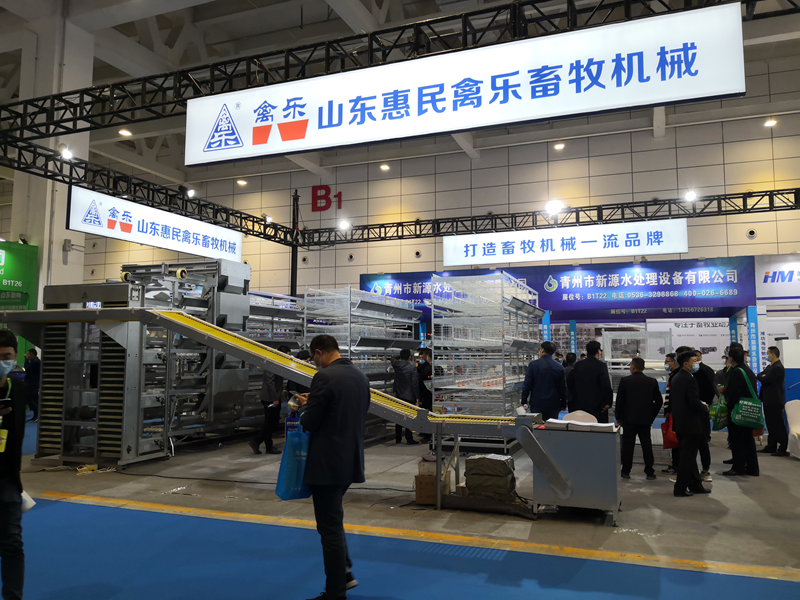


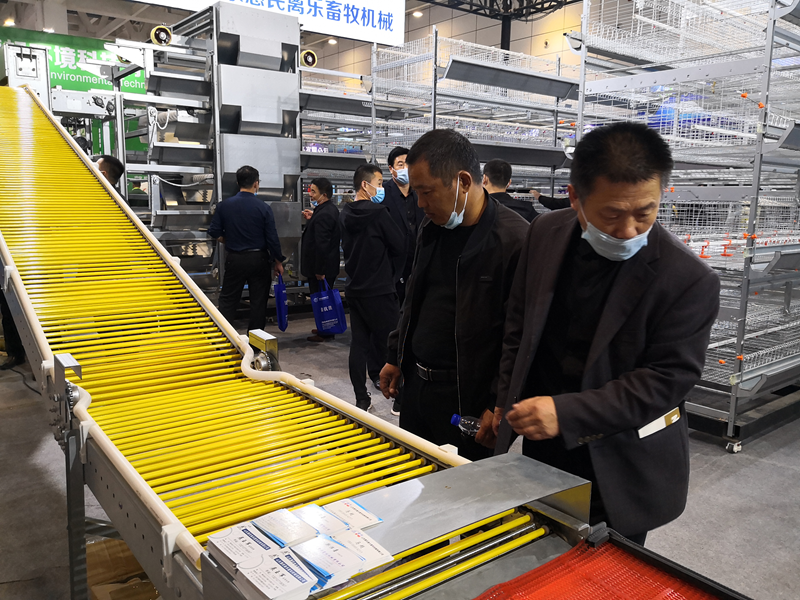
Chicken Farming Equipment Mesh Production Workshop

Machining Workshop

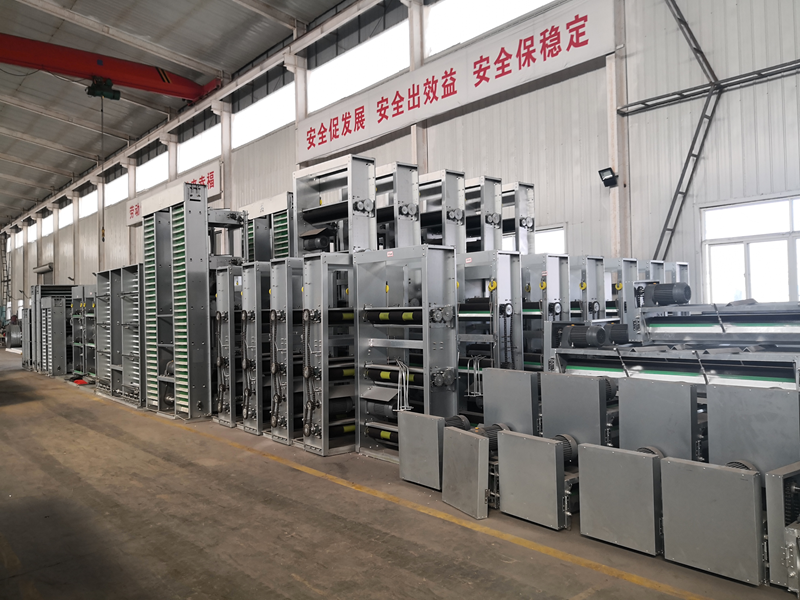
Turret-type CNC Punch Press, Laser Cutting and Other Machining Equipment



Fully Automated Roll Forming Production Line

Hot-dip Galvanizing Production Line

Electroplating Production Line

Environmental Protection Equipment

Chicken Farming Equipment Product Series
Egg-laying Hen Farming Equipment
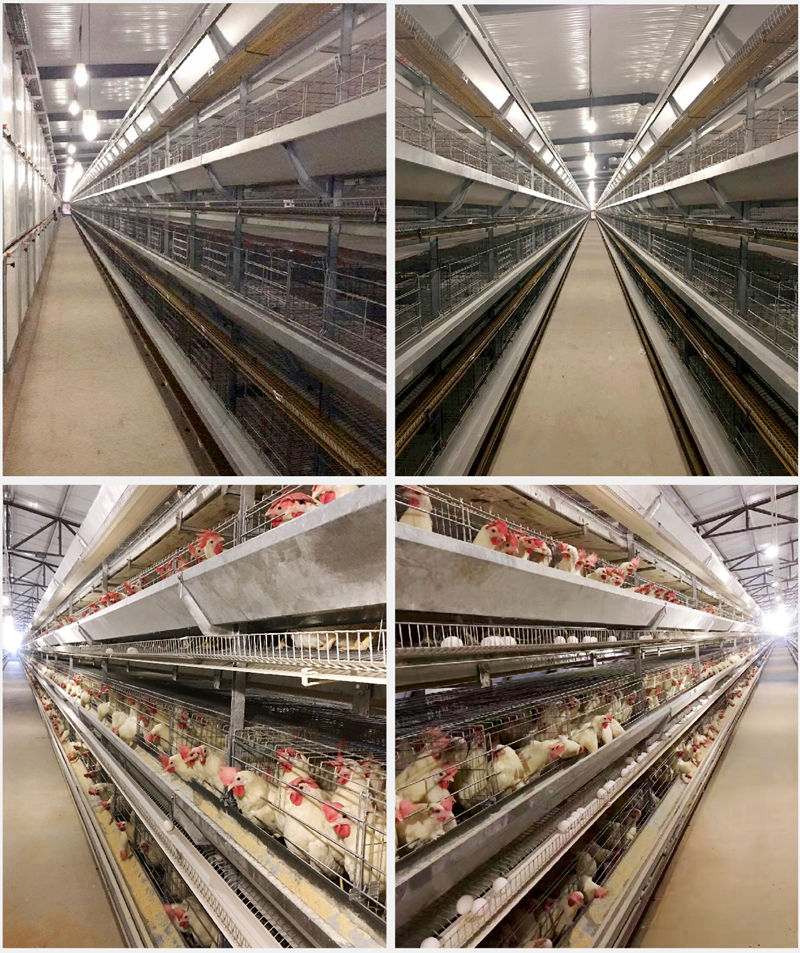
Stacked Brooding Cage Equipment

Stacked Broiler Cage Equipment
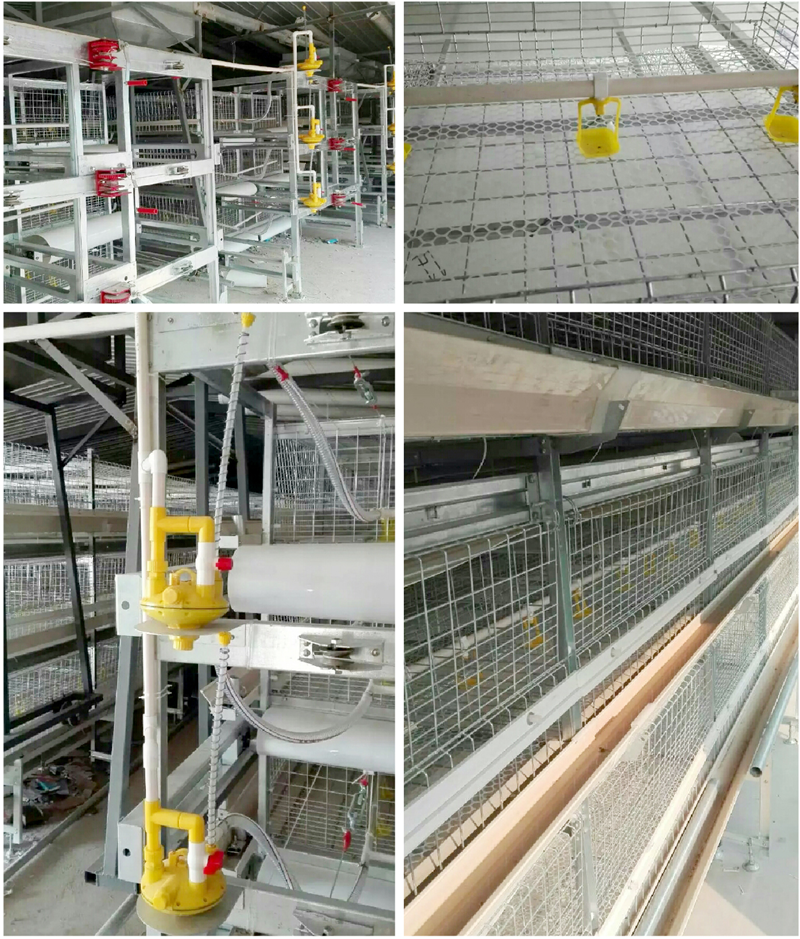
Stepped Layer Hen Cage Rearing Equipment
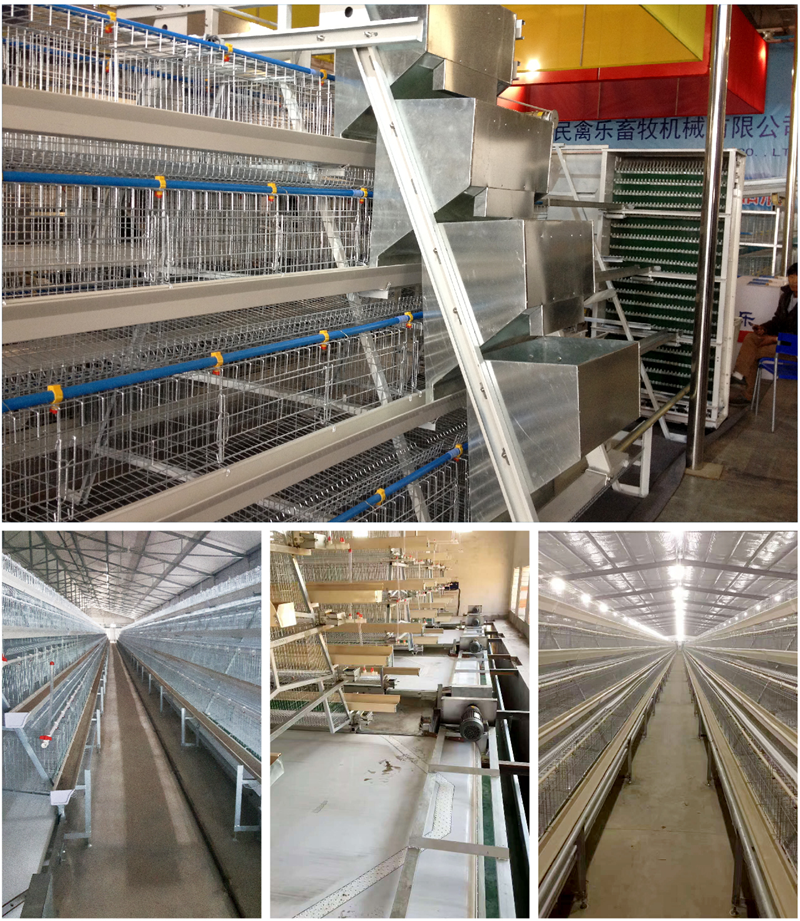
Automatic Egg Collection System

H-type Cage Feeding Machine
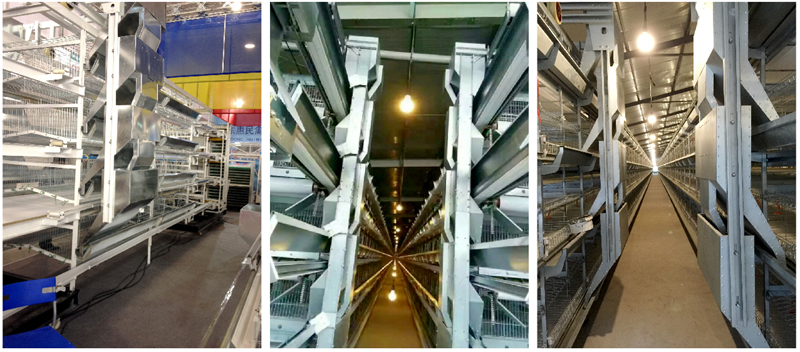
Stepped Cage Straddle Feeder
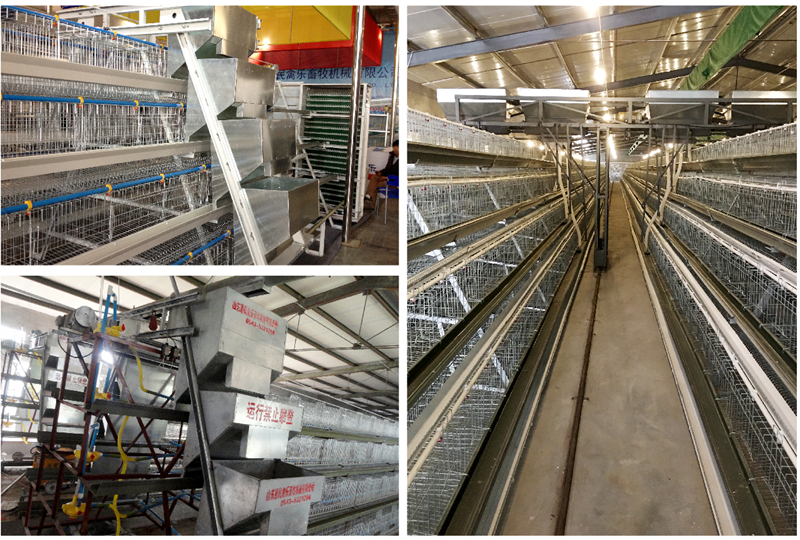
Manure Removal Machine

Fans, Heated Curtains, Environmental Control Systems, and Lighting Equipment
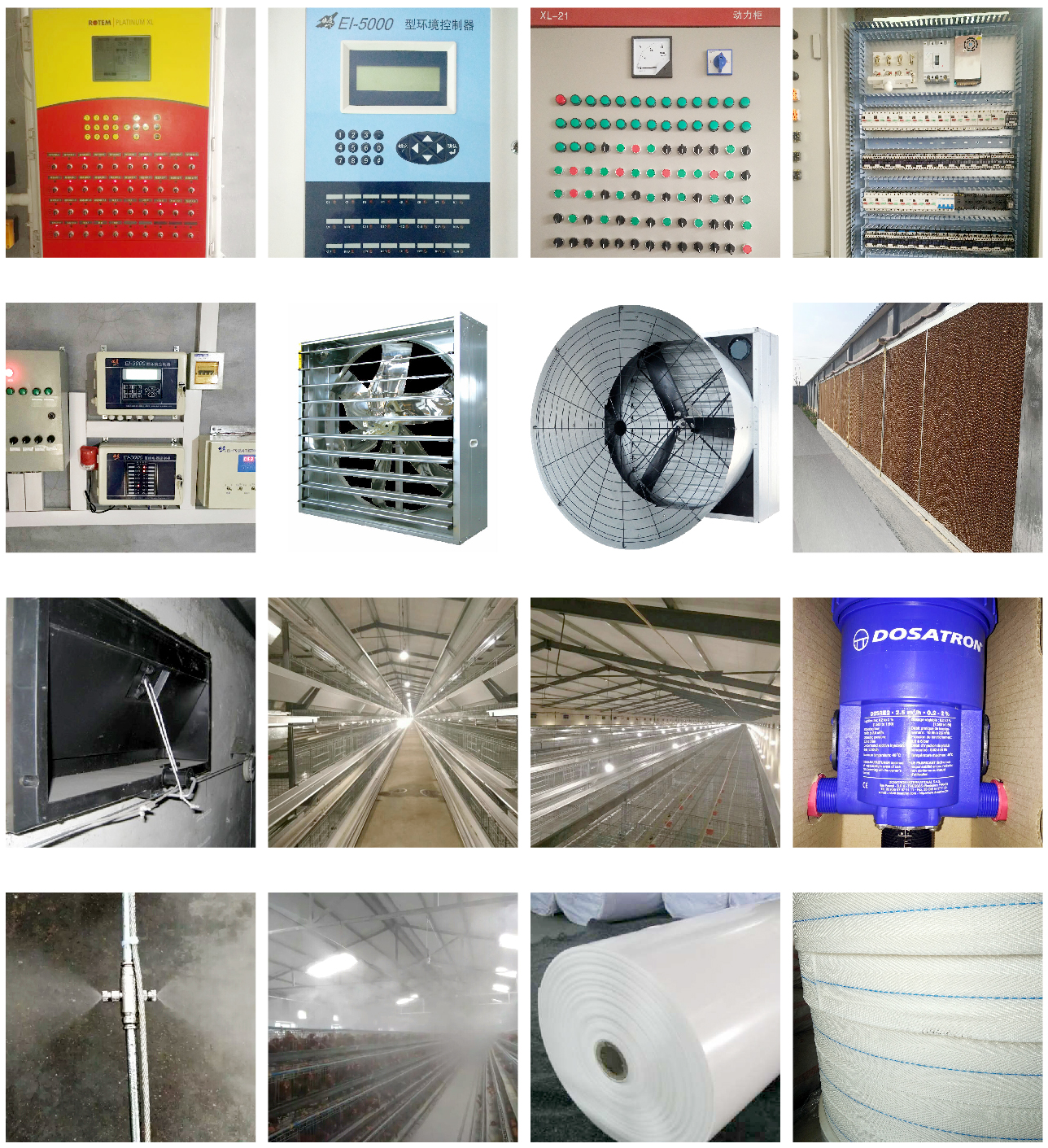
Complete Set of Equipment for Organic Fermentation Treatment of Manure


 Catalogue
Catalogue


































 WhatsApp
WhatsApp Téléphone
Téléphone